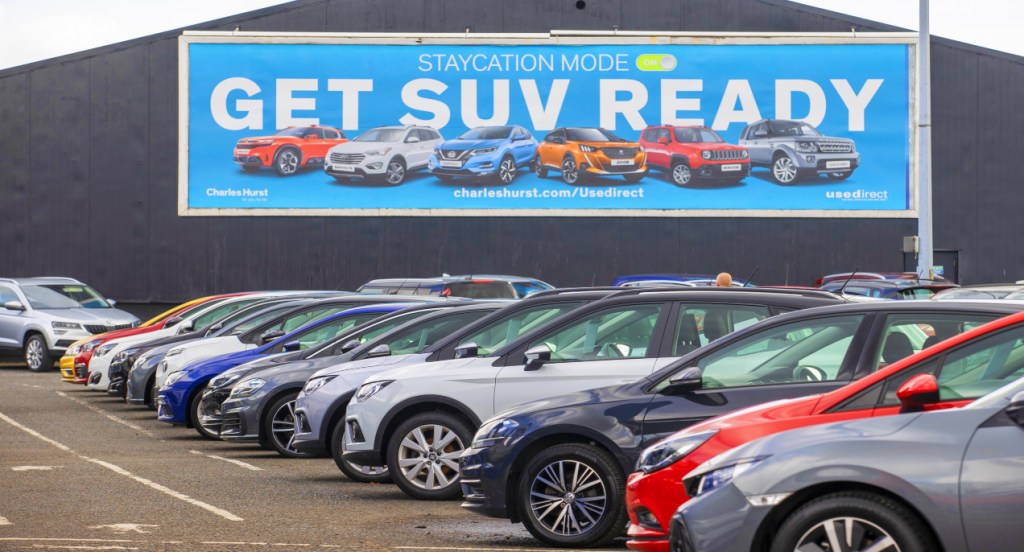
What’s the Difference Between Open-End and Closed-End Car Leases?
If you’re planning to buy a new car, then leasing is a good way to do it. With leasing, you’ll get to drive the car for a few years while benefitting from low monthly payments in addition to having little to no money down. But what you might not know is that there are different types of leases: open- and closed-end. But what’s the difference between these two types of leasing and which one is right for you?
How does a closed-end lease work?

If you lease any car from any manufacturer, chances are that it will be a closed-end lease. Simply put, a closed-end lease is one where the lease terms and mileage allotments are set when you sign the contract. Most new car leases are 36 to 48-months long and allow the lessee to drive the car up to 10,000, 12,000, or 15,000 miles per year. Although, longer terms are possible.
At the end of the lease term, the car can be purchased for the residual amount that was predetermined at the start of the lease. If the car’s value happens to be higher than the residual amount, then it could be worth it for the lessee to purchase the car outright. But if the car’s value at that time is lower than the residual amount, then the lessee could trade it in for a newer one or walk away from it.
If the lessee chooses to walk away from the car, they will be responsible for the wear and tear on the car in addition to any excess mile driven. However, they will not be responsible for paying for the difference in value is the car is worth less than its residual amount.
How does an open-end lease work?

While you will most likely be offered a closed-end lease whenever you lease a new car, an open-end lease can be an option. According to Credit Karma, an open-end lease has flexibility when it comes to mileage limits and lease terms. Bear in mind, though, that the flexibility can come at a cost to the lessee.
If you rack up the miles on the leased car or cause some damage, then you could be paying for it at the end of the lease term. Unlike a closed-end lease, where you pay per mile and for each of the damages, an open-end lease will also have you paying for the car’s depreciated value.
For example, let’s say you lease a car that’s projected to be worth $15,000 at the end of the lease term. During the time you have it, you end up racking up the miles and wear and tear damages. Then, when the lease it up and you decide to return the car, it could be worth $12,000 when the dealer appraises it. And in that case, you would owe them the difference of $3,000.
Which type of lease is right for you?

As stated before, you’ll typically get a closed-end lease with any manufacturer that you lease a car through. However, if you currently own your own business and need a fleet of cars, then an open-end lease could be offered to you. In that case, the flexibility in the mileage and terms can be beneficial as your fleet of cars will most likely rack up more miles than most normal commuters. Make sure to ask the leasing company, or dealership, about open-end leasing.
Either way, remember to keep the car in good shape and, if possible, keep the mileage down. This also means keeping it maintained so that that you don’t incur any extra cost when turning the car back in. However, if leasing doesn’t work for you altogether, then you can consider financing the car instead.



